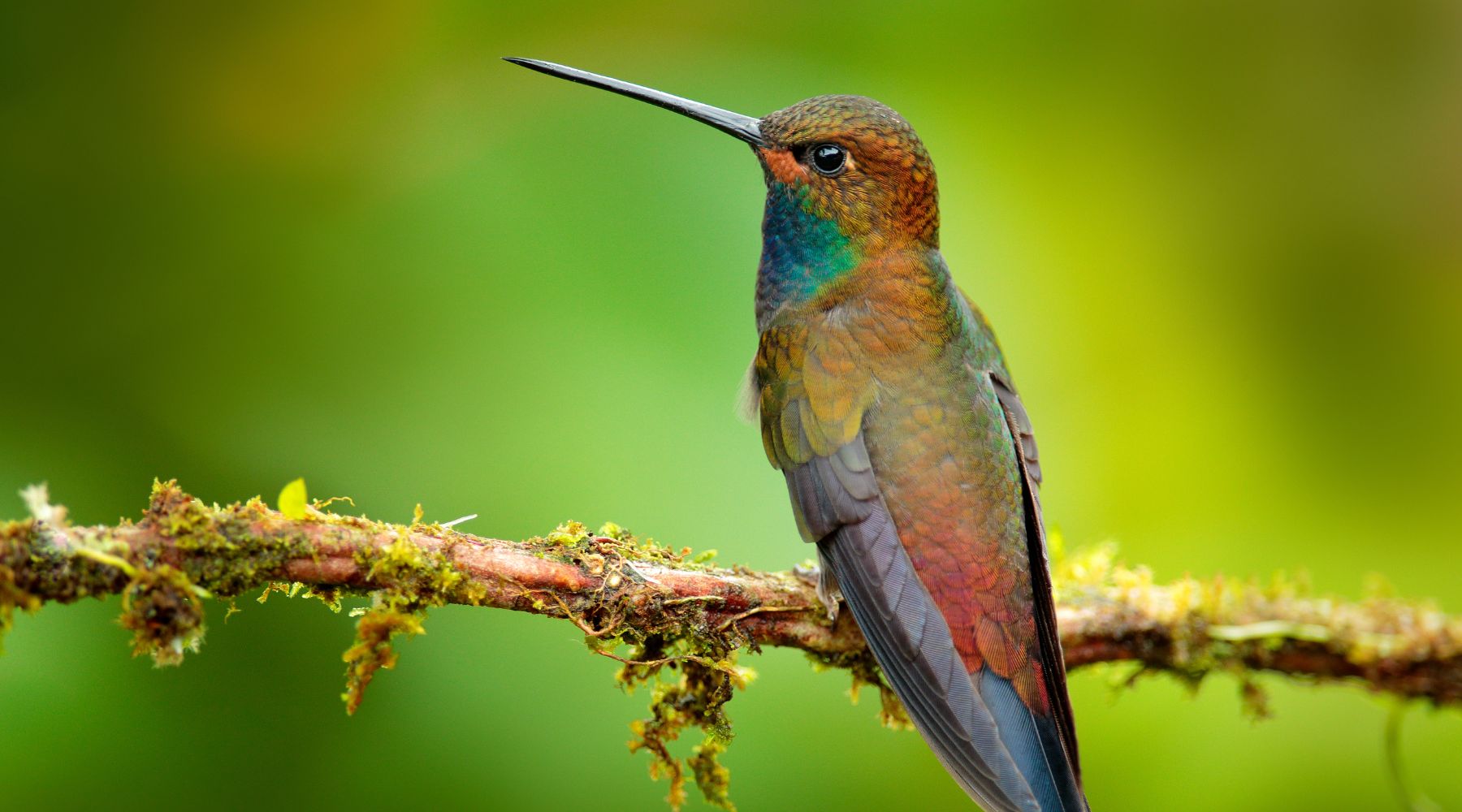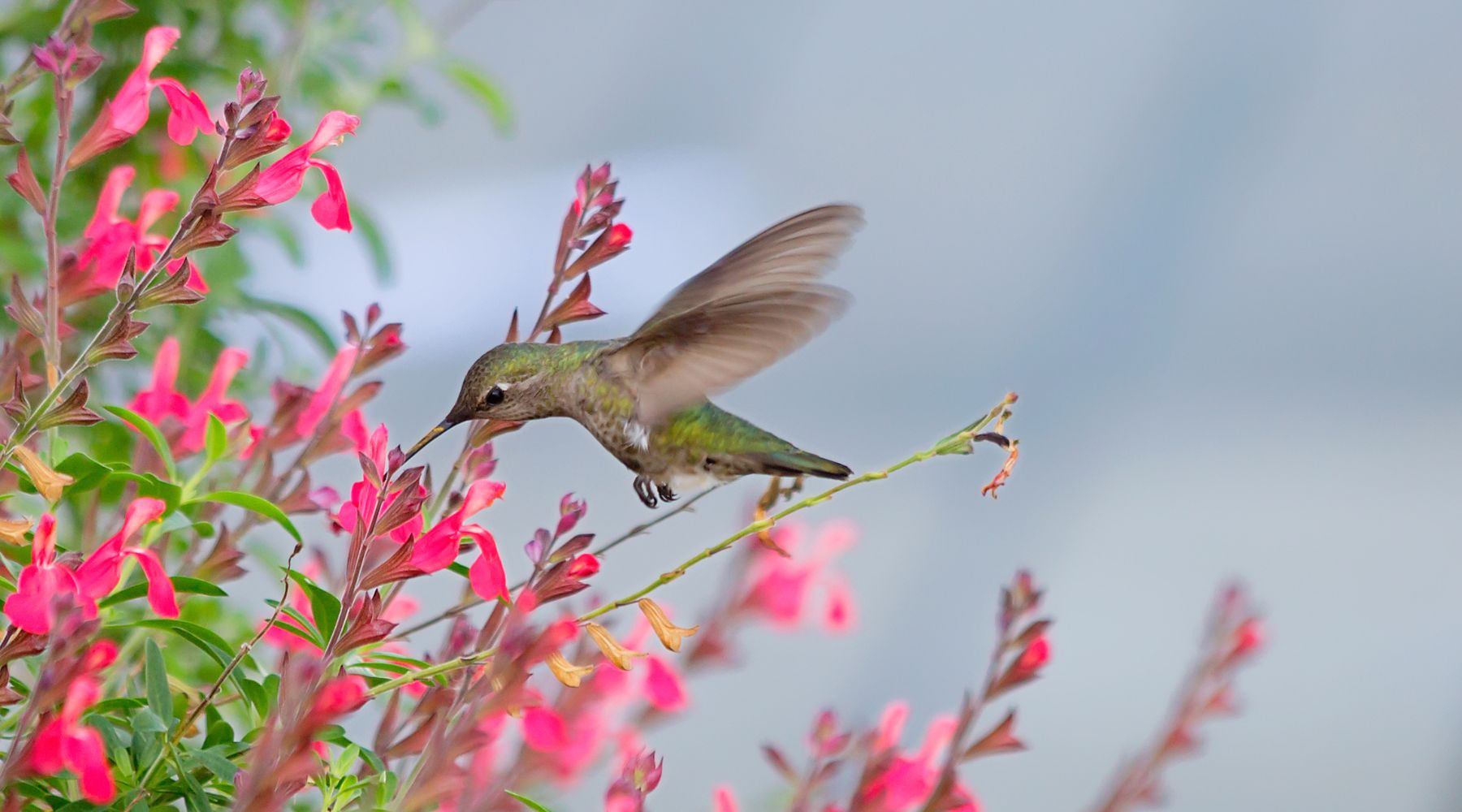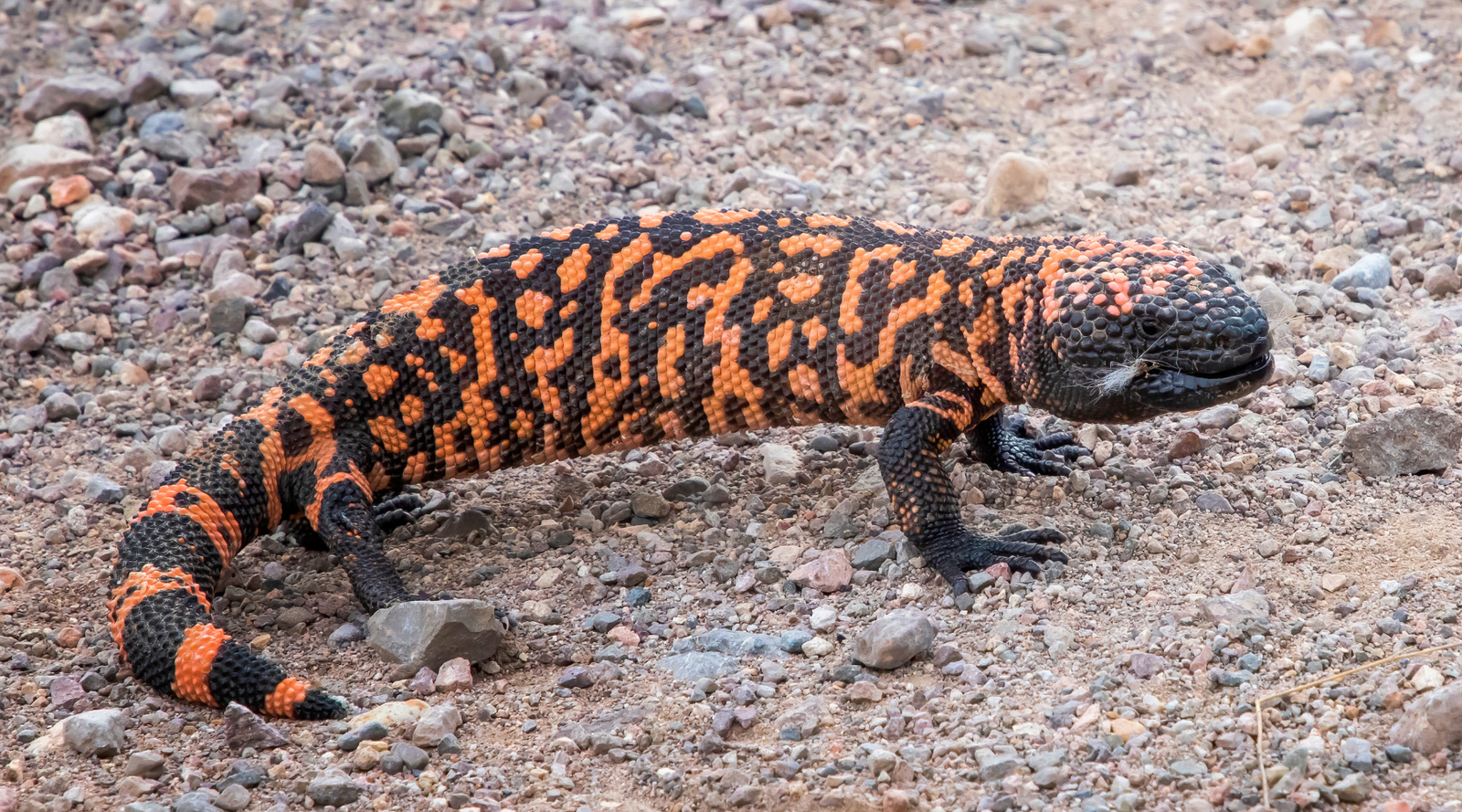Hummingbird Habitat: Where Do They Live?
With their small size, beautiful coloring, and wings that beat at incredible speeds, hummingbirds are mesmerizing birds indeed, not to mention important pollinators. It's no wonder these delightful creatures have captured our hearts with their impressive agility and charm, but have you ever wondered where they call home? Let's investigate hummingbird habitat.

Where Do Hummingbirds Live?
Hummingbirds are native to the Americas, from Alaska down to Tierra del Fuego in southern Argentina. There are over 300 known species of hummingbirds, from the tiny bee hummingbird to the giant hummingbird. Most species are migratory and travel hundreds, or even thousands, of miles annually, but there are some that prefer to stay in their chosen habitats year-round.
Hummingbird Habitat
Hummingbirds have adapted to a variety of environments, allowing them to thrive in diverse ecosystems across the Americas. Here are some of the key hummingbird habitats:
1. Tropical Rainforests
One of the most enchanting habitats for hummingbirds is tropical rainforests. With their abundant flowers and constant supply of nectar, these areas provide a haven for hummingbirds.
2. Deserts
Some hummingbirds, such as Costa's hummingbirds, have made the desert their home. Plants such as chuparosa, ocotillo, desert lavender, and honeysuckle provide hummingbirds with nectar in the desert.

3. Alpine Regions
At high altitudes in the mountains, you might encounter hummingbirds fluttering by. An example of mountain-dwelling hummingbirds is Calliope hummingbirds, which can be found in the mountains through northwestern states, Canada, and Alaska.
4. Forests, Meadows, and Grasslands
Forests, meadows, and grasslands also provide habitats for hummingbirds, including ruby-throated hummingbirds. These areas provide trees for nesting, whilst also providing a plentiful supply of nectar plants and insects.
5. Suburban and Urban Settings
Hummingbirds have adapted to man-made environments, including backyards and city parks. As long as there are nectar-rich flowers and sufficient food sources available, these resilient birds will make themselves at home.

Hummingbird Nesting Habitats
When it comes to finding areas suitable for nesting, hummingbirds usually prefer secluded spots that are high above the ground, such as trees and tall shrubs. Ideal nesting habitats are close to food sources, such as nectar-rich plants and insects, plus close to water.
What to Provide for Hummingbirds in Your Garden
You can setup your backyard to cater to these beautiful birds. Create a hummingbird-friendly habitat by following these tips:
- Plant a variety of nectar-rich flowers that bloom at different times throughout the year.
- Hang hummingbird feeders - these can be helpful for hummingbirds in winter.
- Provide shelter and perching spots, such as small trees or tall shrubs.
- Avoid using pesticides and herbicides, as these can be harmful to hummingbirds and their food sources.
Find more tips for How to Create a Hummingbird Garden.
Hummingbirds are captivating creatures that have found their place in a wide range of habitats, from lush rainforests to arid deserts. Their ability to adapt to various environments is a testament to their resilience and resourcefulness. Check out our Pollinator Collection for hummingbird shirts, hoodies, and more!
















Leave a comment (all fields required)